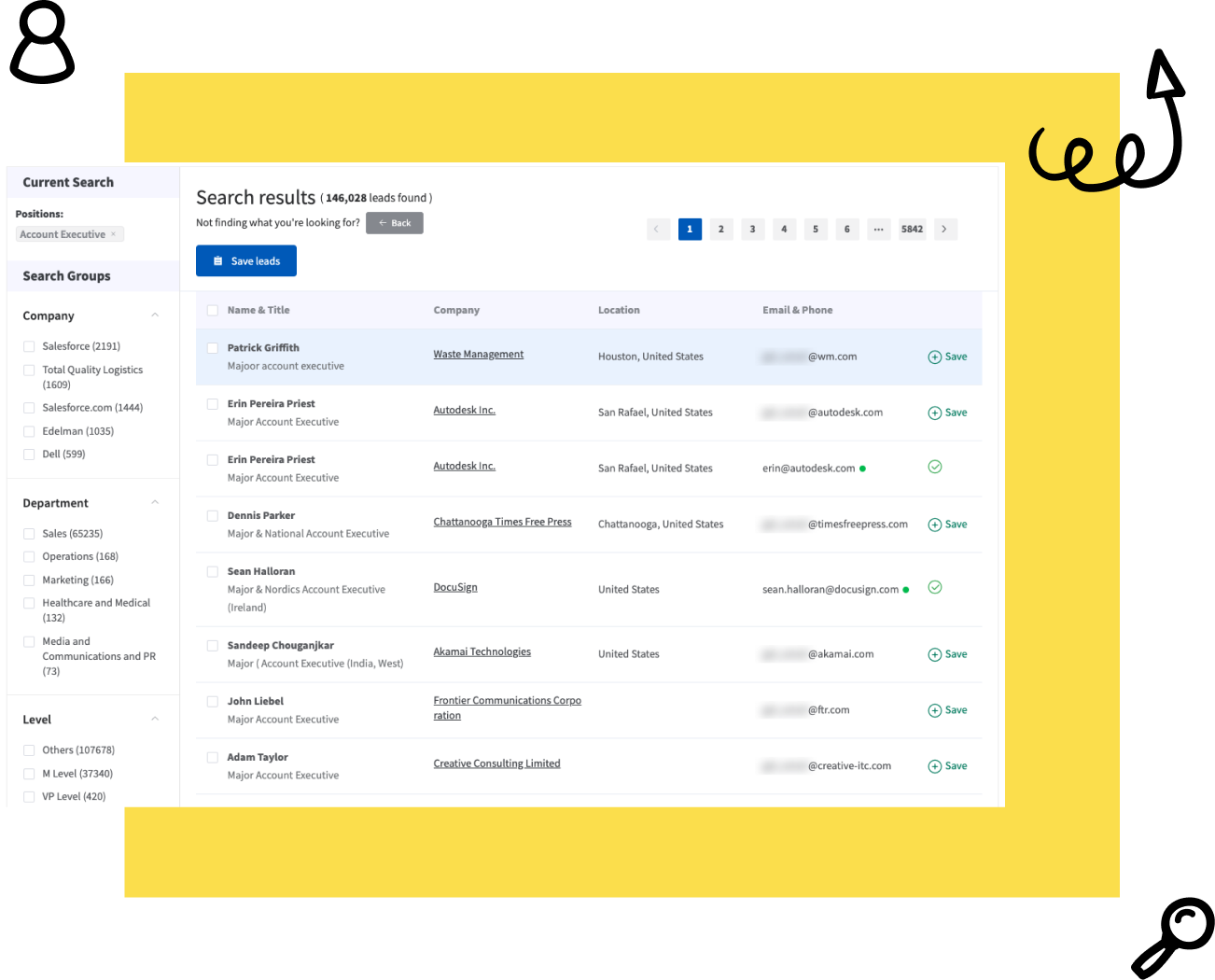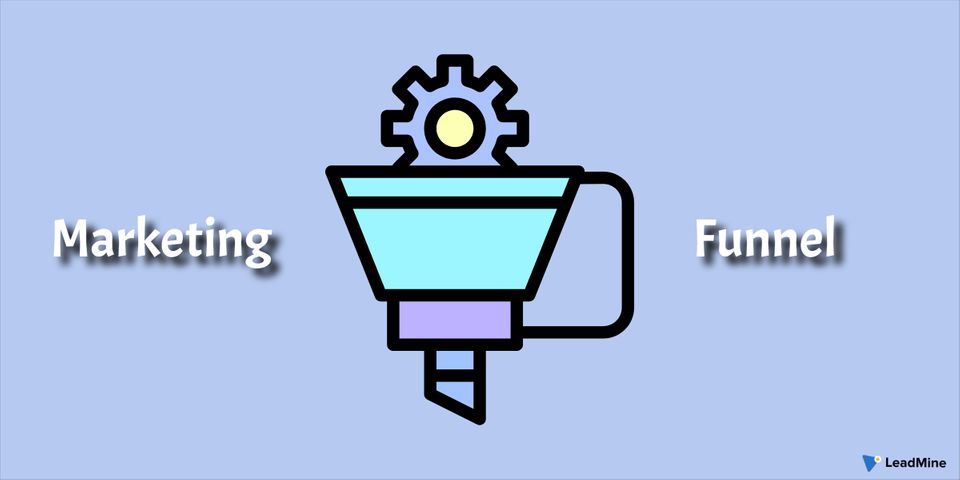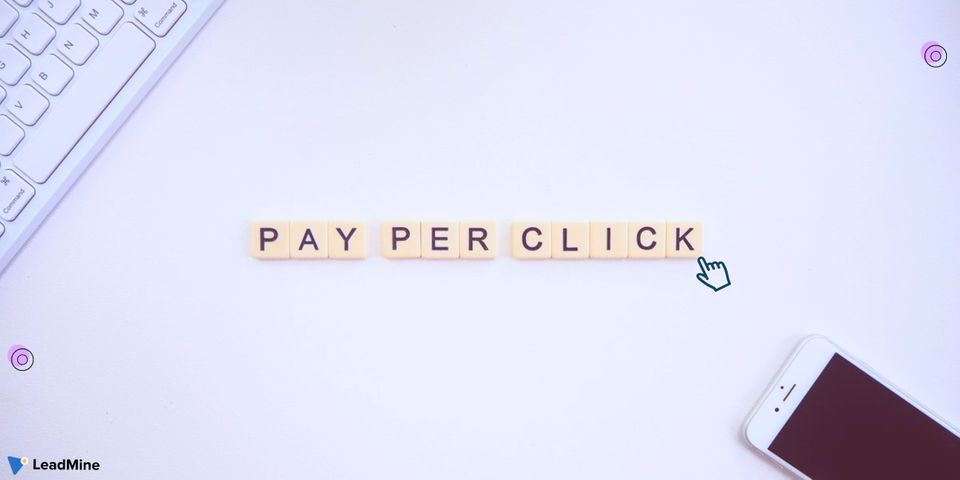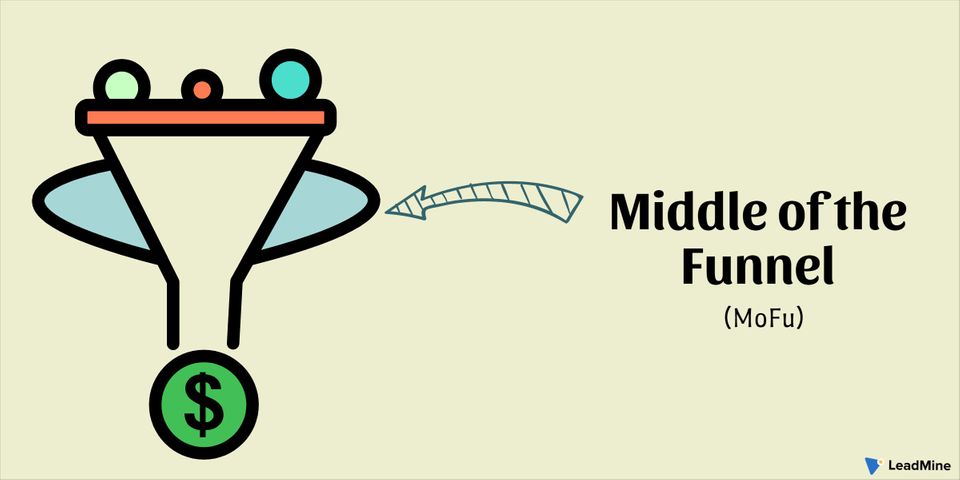You walk into a store and search the product aisles for anything you need. You add your favourite product to your cart after several minutes of searching and considering viable alternatives. After that, you proceed to the check-out counter to complete the purchase and the buyer's journey.
When it comes to online sales, owners need a way to direct customers through the entire process, from knowledge to purchase.
That's where the marketing funnel came for.
We will cover the following:
- What is Marketing Funnel?
- Why Marketing Funnel is Important?
- Stages of Marketing Funnel
- How to Create Your Marketing Funnel?
- Marketing Funnel vs Sale Funnel
- Conclusion
What is Marketing Funnel? 🤔
A marketing funnel, also known as a marketing sales funnel, is a visual representation of the process of turning leads into customers. Marketers, like a funnel, cast a wide net to increase brand recognition, grab as many leads as possible, and then nurture potential buyers into the buying decision, which narrows as they progress through the funnel. By calculating conversion rates between each phase in the funnel as a KPI, the marketing funnel may be used to demonstrate marketing effectiveness.
In marketing funnels, the 'AIDA' concept is commonly used:
- Attention: The customer has a specific need, is aware of it, and is familiar with your product or service.
- Interest: The customer expresses an interest in your offering.
- Desire: The consumer feels compelled to purchase your product.
- Action: The consumer purchases your offering.
The terms marketing funnel, sales funnel, and customer journey funnel are often used interchangeably. We have a stunning discovery for you: both of these funnels refer to the same basic steps so sales and marketing must recognize and corporate the same customer experience in order to close a deal. You will be able to find out how to best attract and engage with your consumers once you've identified the marketing funnel.
Why Marketing Funnel is Important? 😣
Marketing funnels help you organize all of your marketing efforts and inform you how to better approach a client. When you target prospects based on where they are in the sales funnel, your marketing would be much more successful.
People at the top of the funnel aren't even aware of your brand, so you can't just ask them to buy anything without first informing them. Sending bottom-of-the-funnel prospect marketing content with the goal of raising brand awareness is also ineffective. Knowing where your customers are in the marketing funnel and using the right marketing strategies to guide them deeper down the tunnel is the best way to reach them.
You won't have to wonder what to do next to draw and keep customers if you use a marketing funnel. Create a marketing strategy for each stage of the sales funnel, and engage with leads to encourage them to buy. Marketing funnels give the salespeople deep insights into the actions of leads, giving them more clues about how to close the deal.
Stages of Marketing Funnel 🧐
The buyer's journey is visualized using the marketing funnel, which incorporates the main phases of perception, evaluation, and decision.
To do so, these stages correspond to three funnel sections:
- Top of the Funnel
Prospects become conscious of the brand and communicate with it for the first time at the top of the funnel (TOFU). Since they do not know anything about your product or service yet, this stage focuses on creating content and marketing materials to raise brand awareness. - Middle of the Funnel
When a potential consumer has interacted with your brand in a meaningful way, such as by subscribing to an email list, following you on social media, or signing up for a webinar, they reach the middle of the funnel (MOFU). - Bottom of the Funnel
The bottom of the funnel (BOFU) is the last step before a potential customer converts. You've piqued their interest, gained their confidence, and built a rapport with them.
How to Create Your Marketing Funnel? 🤯
With so many different ways to create marketing funnels, it can be difficult to know where to start. To get things started, consider the following steps:
Step 1: Know Your Audience
It's impossible to create a marketing funnel without first learning about your customers' problems and desires. Follow our guidelines for building a customer persona and figure them out. Study your rivals' customers for even more valuable information – you're likely to have a lot in common. Pay attention to current consumer reviews, polls, social media, and web analytics data as well.
Step 2: Use Lead Generation Tool
LeadMine helps companies to have quality leads to target and sell your product or sale. Our Lead Finder allows you to collect quality leads for your business deals. We have 200 million contacts of business leads that will grow your business. The result shows the person’s name, title, company name, location, email address, and phone number. Sign in for a free trial with no credit card policy.

Step 3: Decide the Number of Stages
Your customers may or may not complete all of the stages of a modern marketing funnel. For example, instead of specifying six measures, you might only focus on the top, middle, and bottom of the funnel. The exact model is determined by the actions of your customers.
Step 4: Determine the Most Effective Marketing Strategy
This phase will assist you in transforming a marketing funnel into a useful tool. Consider the strategies and networks you'd like to employ, as well as the types of content you'd like to associate with each point. For example, you might use blog posts or PPC advertising to draw leads, cultivate them with email marketing, and persuade them to buy your product through case studies or events.
Step 5: Keep a Record of Any Changes
You can't just make a marketing funnel and be done with it. Remember to test new marketing techniques and content formats to make this tool more successful. Keep track of your progress and keep an eye out for any changes in your customers' behaviour.
Marketing Funnel vs Sale Funnel 🥊
Since marketing takes up the majority of this funnel, revenue comes in at the very top. That is why we distinguish between marketing and sales funnel:
Marketing Funnel
You're busy drawing new buyers into the marketing funnel. You're targeting a wide audience and attempting to persuade the consumer that your business is the right fit for their requirements. It is critical that your target audience receives as few 'red flags' as possible during this phase. As a result, you just talk about the challenges and opportunities that your target community faces, rather than the solution that you can have. If you do this, potential customers will begin to question your intentions and honesty, resulting in a "red flag."
Sale Funnel
When the marketing funnel has completed its task, the sales funnel begins. The customer is aware of his requirements, and now is the time to discuss your product or solution and how it can assist him.
Conclusion
However, a marketer's work does not end when a consumer makes a purchase. To ensure that these hard-won consumers stick with your brand for a long time, you should have a strong customer retention plan in place.
When creating a marketing funnel for your company, don't forget to include an extra stage at the end that focuses on customer retention. This technique will help you keep your company profitable. So, get to work on your marketing funnel right away.
And, do share your thoughts about the marketing funnel with us at LeadMine.





